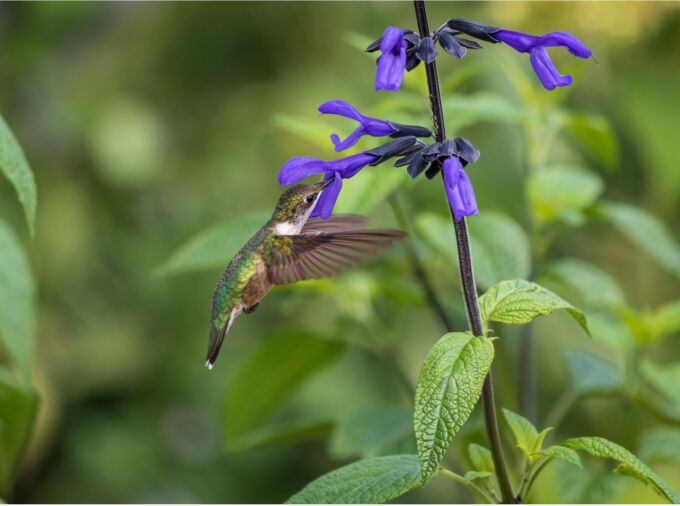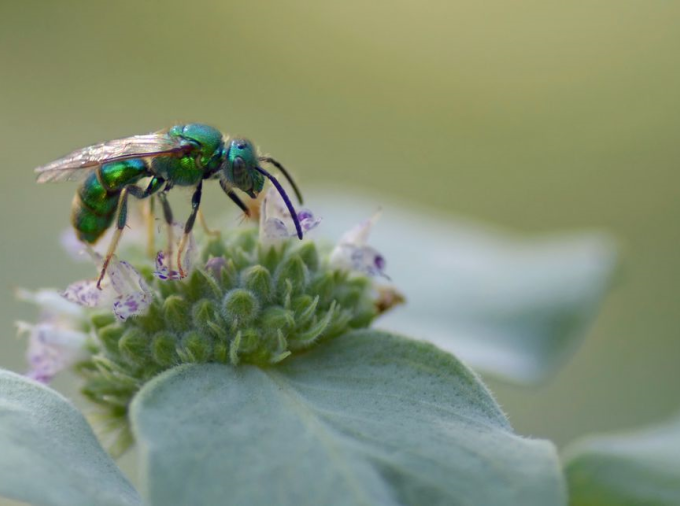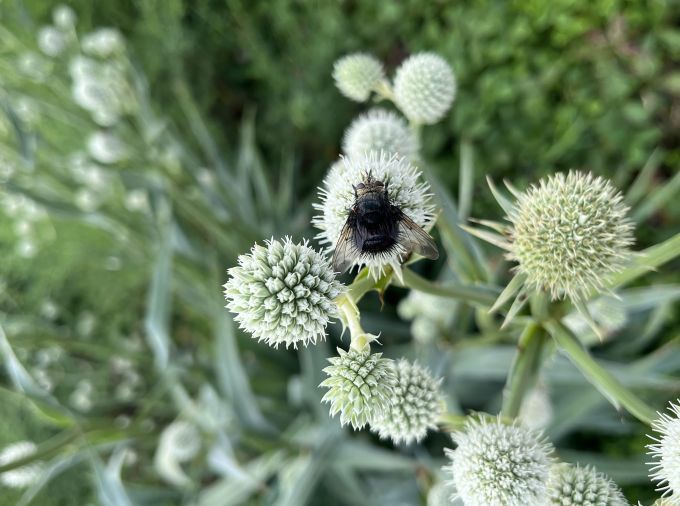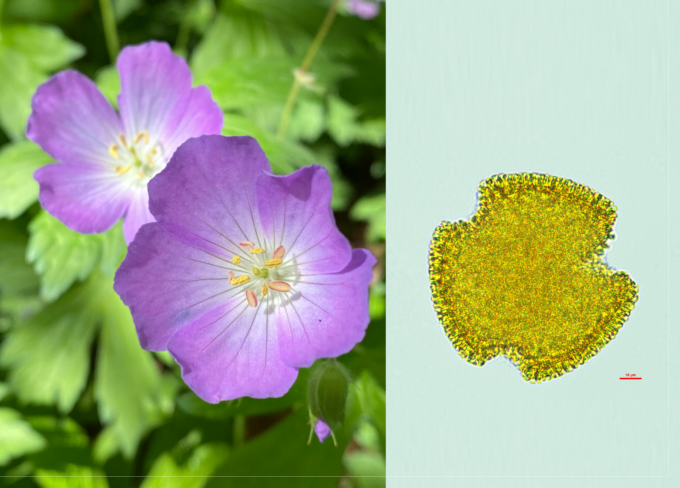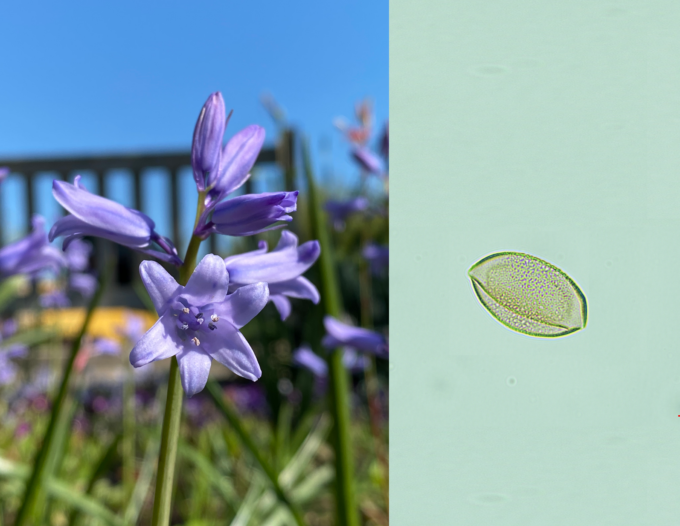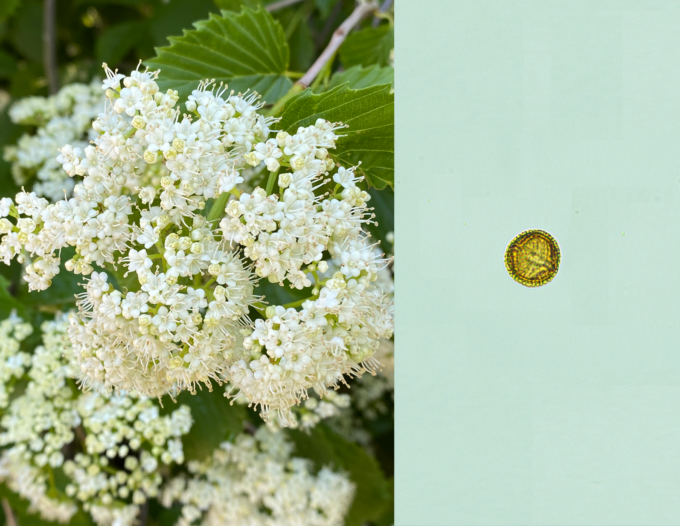
Choosing Plants
When gardening for pollinators, not all plants are created equal.
The nutritional value of nectar and pollen differs from species to species. Pollen is a source of protein and lipids (fat) for pollinators, while nectar provides carbohydrates (sugar). The protein to lipid ratio and carbohydrate concentration in plants varies. Similarly, pollinator species have specific nutritional requirements.
Native plants
Typically, the best plants for pollinators are those native to your region, as they are adapted to grow in your climate and have evolved alongside the pollinators that live there.
What's a cultivar?
A plant variety that has been produced by selective breeding is called a cultivar. Cultivars are typically not nutritious, as plants have been artificially selected for beautiful features rather than pollen and nectar quality. Some cultivars lack pollen and nectar entirely!
Hydrangeas are a good example:
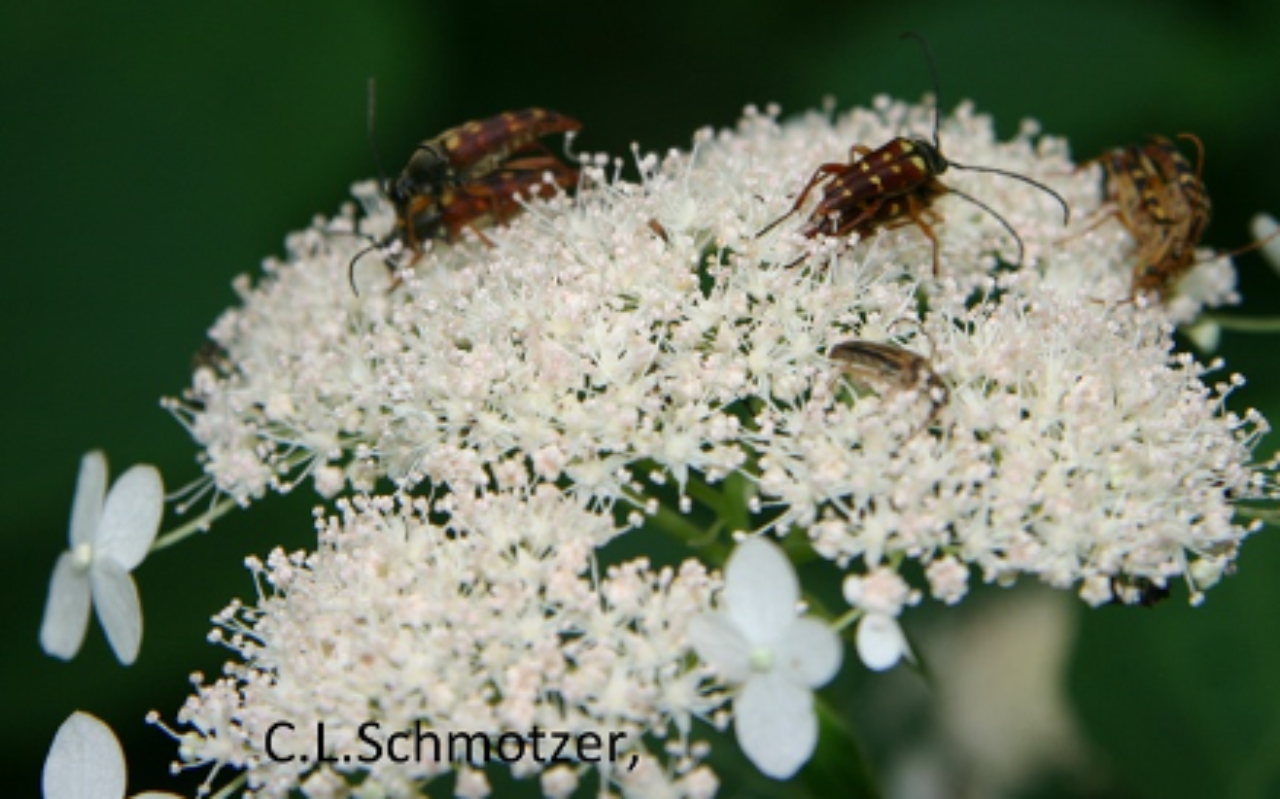
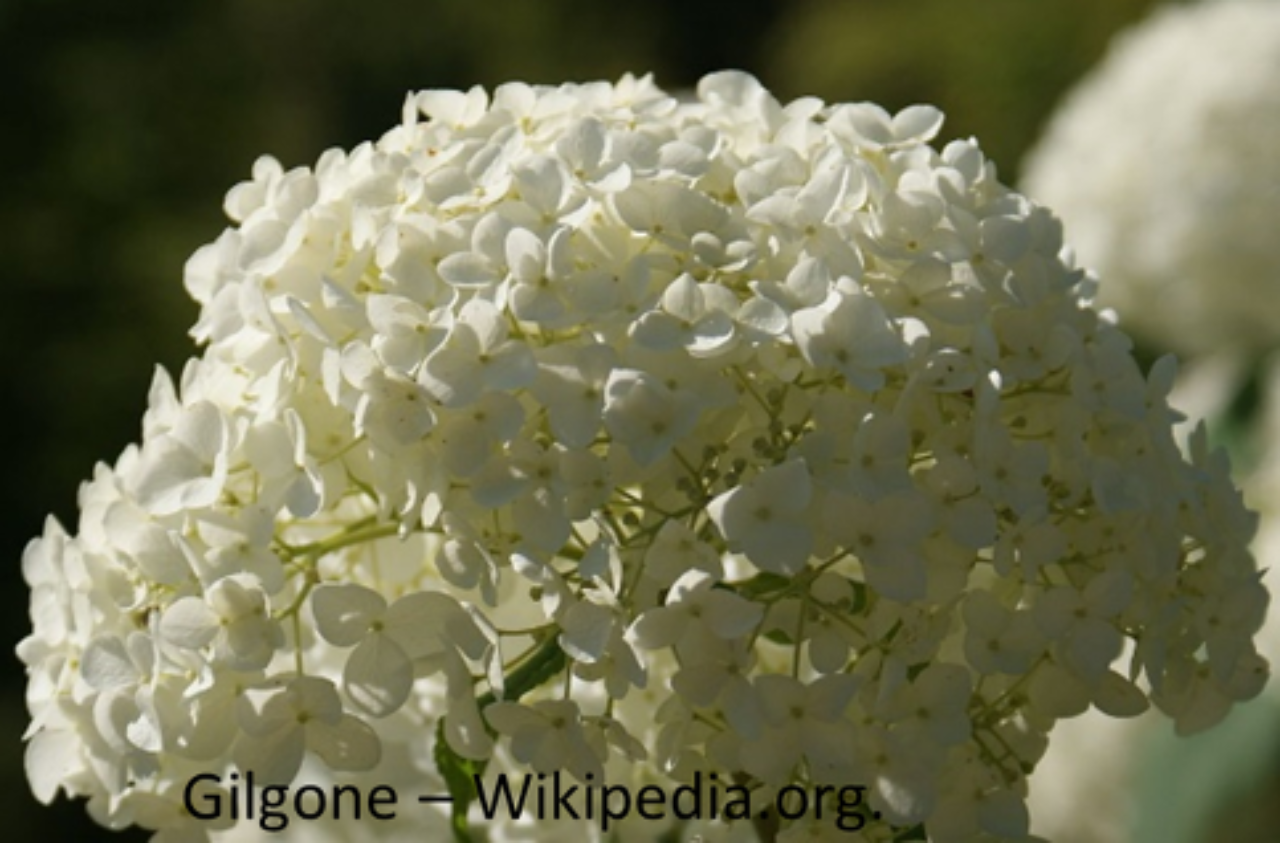
Cultivar Hydrangea 'Annabelle'
The straight (native) species Hydrangea arborescens has many small nectar and pollen-rich blooms, and just a few large, sterile flowers with no pollen or nectar around the edges to attract pollinators. The cultivar created from Hydrangea arborescens called Hydrangea 'Annabelle' and it has almost all large, sterile flowers. While the large flowers may look beautiful, they have no value for pollinators.
Consider bloom time
When choosing which plants to add to your garden, consider the bloom time of each species. Your garden should have flowers available for pollinators from early spring (March-May), throughout the summer (June-August), to autumn (September-October).
Find the best plants for your garden
The Protecting Bees Plant Finder was developed by a Specialty Crop Research Initiative (SCRI) group including Penn State scientists. Use the select criteria using the search function to find plants that fit your garden. Compare characteristics and pollinators attractiveness of up to five selected plants from the results.
The Pennsylvania Pollen Library showcases images and information of various plants found at The Arboretum at Penn State.

